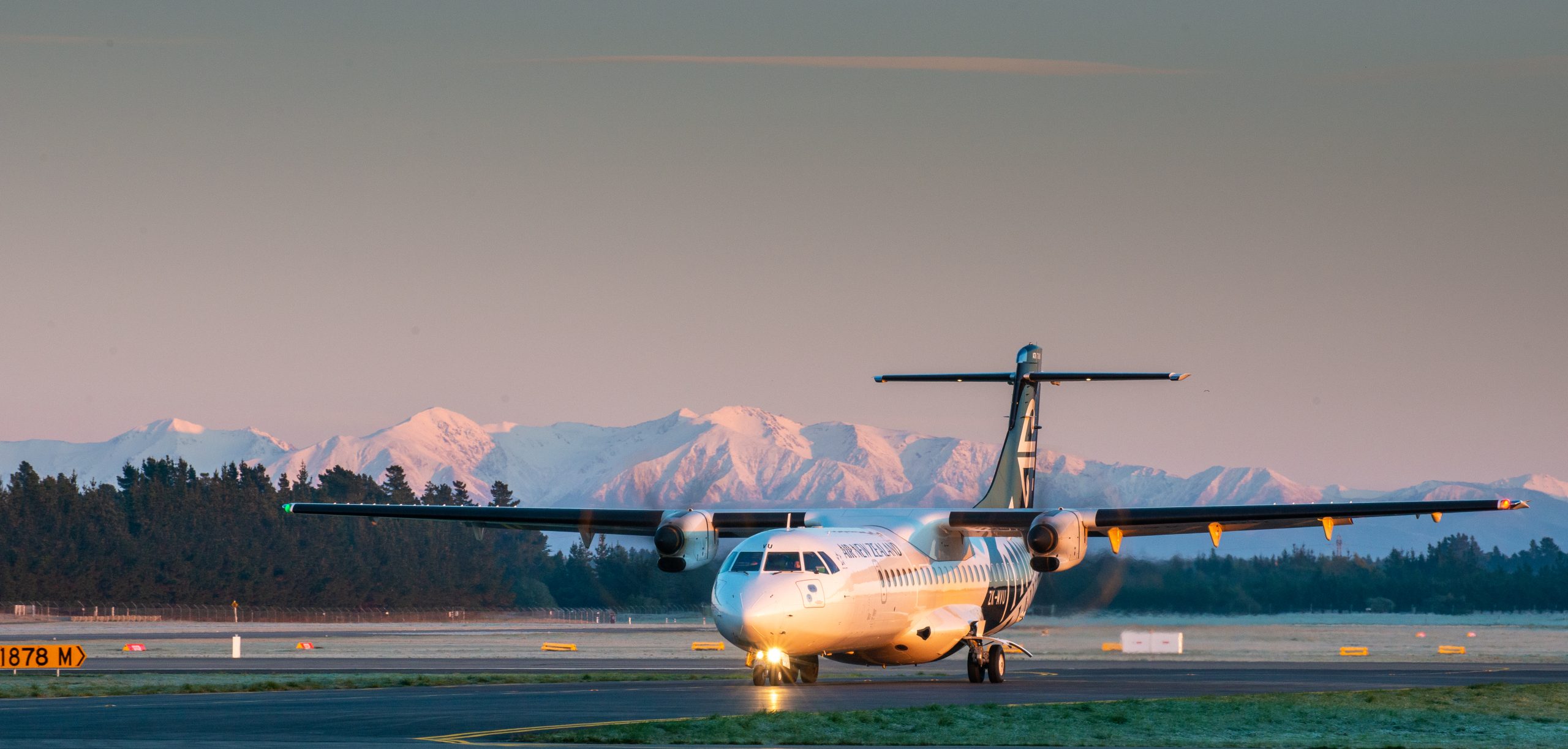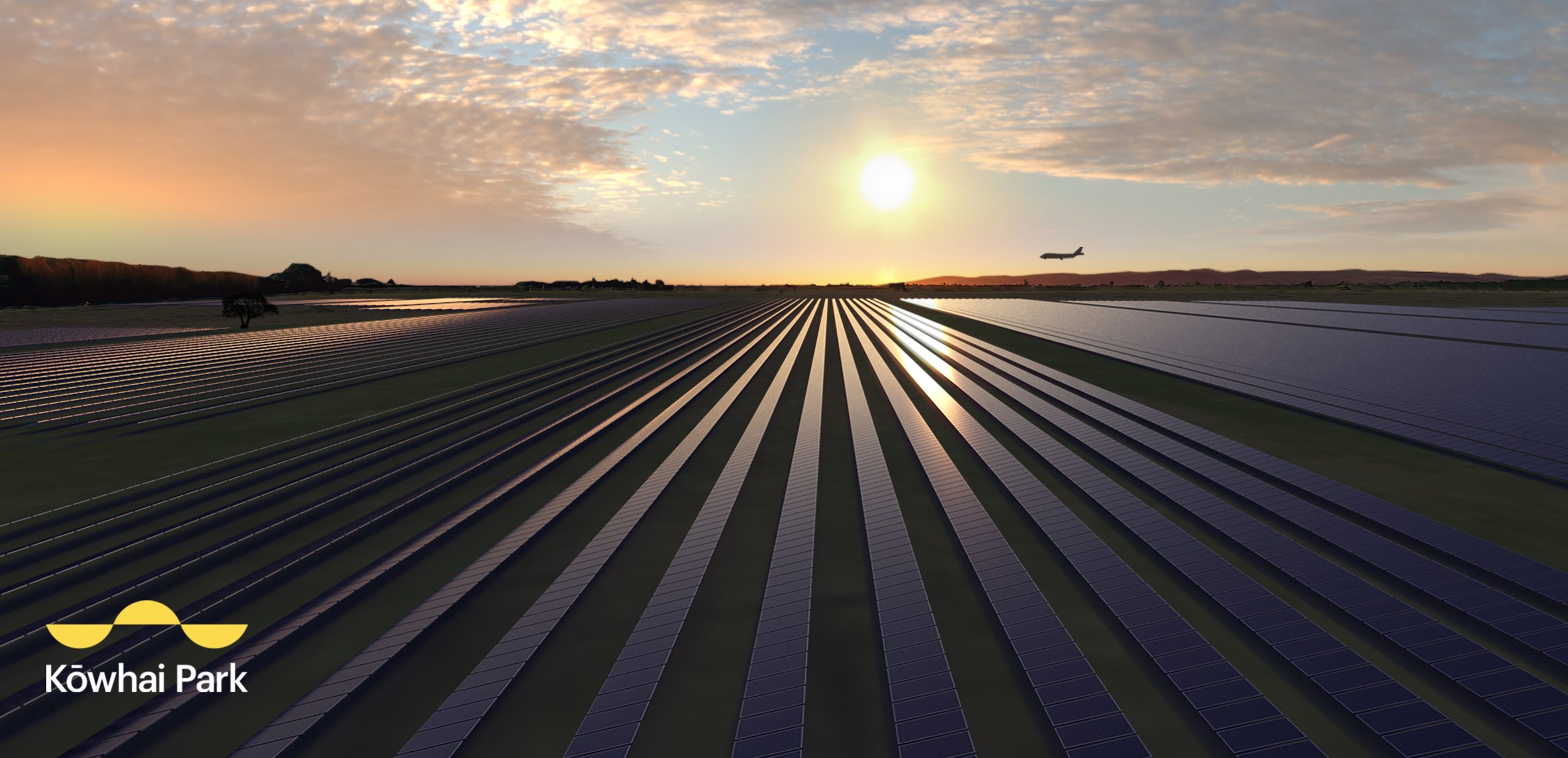Accelerating a climate positive airport now
By Claire Waghorn
Claire Waghorn
3 November 2022
Shares
For Issue 5 2022, Claire Waghorn, Sustainable Transition Leader at Christchurch Airport tells International Airport Review how the airport is tackling climate change.
Sustainability is an ever-evolving practice, as we mature and improve understanding of our planetary boundaries and how they interrelate with business, social needs and global borders.
Alongside this, there is urgency for a collective response to address our climate crises. Climate conversations have changed – there is no longer questioning of whether to accept the science, or what reduction plans might one day be, we need to demonstrate reductions now, how they are science-based, and show though we may be a hard to abate sector, we accept responsibility and are front-footing our climate impact through accelerated decarbonisation efforts.
Airport metrics and responsibility
For Christchurch International Airport, we have spent the last 16 years getting our house in order in terms of emissions reductions. We set science-based targets with absolute emissions reduction goals, not net zero or neutrality targets. Our independently audited FY22 greenhouse gas (GHG) footprint demonstrates this with an 88 per cent reduction in our Scope 1 emissions (those emissions within our direct control) against our baseline year 2015. This reduction is the result of a long line of emissions reduction activations, which place us 14 years ahead of where our science-based targets pacing (aligned to 1.5 degrees) projected we should be. We will continue to work on the remaining 12 per cent until we are absolute zero airport operational emissions.


Credit: Christchurch Airport
In our GHG inventory, we measure everything – including full flight emissions, and we make this publicly available. This recognises the full impact of our Airport supply chain and allows us to turn our attention to the activities that are most materially impactful on our climate – namely, airline emissions. To put this in context, our airport emissions represent 0.1 per cent of our total GHG footprint, with land transport connections approximating one per cent, and the airline emissions accounting for the remaining 99 per cent of our GHG impact. We’ve looked at our activities under the microscope and addressed those, now are directing our efforts to preparing airport energy and infrastructure offerings to support accelerated decarbonisation of future aviation.
Climate risk analysis and reporting
Alongside preparing for future aviation, it is critical we measure, analyse, and publicly report on our climate risk disclosures, both physical and transitional risks. Climate change risk has been firmly on our radar since our first organisation-wide climate risk assessment in 2018.
For the purposes of stress testing our exposure to climate change, we adopted consistent climate scenarios with the other large New Zealand airports based upon the Intergovernmental Panel on Climate Change representative concentration pathways. These pathways included SSP1-RCP2.6 (an orderly transition resulting in a 1.5°C – 1.8°C increase in global surface temperature over the long-term), SSP2-RCP 4.5 (moderate mitigation leads resulting in a 2.7°C increase in global surface temperature over the long term), and SSP5-RCP8.5 (global inaction on emissions mitigation, resulting in a 4.4°C global surface temperature increase, over the long term). The climate risk assessment tested CIAL’s exposure to climate risk at three different time horizons: 2030; 2050; and 2100, against each of the scenarios described above.
This allows us to look ahead to 2100, to understand what physical risks (wind events, heat waves, droughts, sea level rise, rain events, biodiversity impacts etc) we might face. In addition, we will consider two transitional risk scenarios – orderly and disorderly. An orderly transition is planned, with a clear national transition pathway, a steady range of predictable policy incentives and implementations, and a steadily increasing carbon price. A disorderly transition would therefore involve unpredictable or significant policy swings in the national pathway, an increasingly polarised community response, an inequitable transition, a fluctuating carbon price, and a climate response inadequate in terms of pacing and effectiveness.
We cannot plant our way out of climate action”
We then collate how these risks impact our airport operations, and assess our exposure, our ability to adapt and the criticality of that risk. This is hugely important for airports to be considering now, so that asset planning, opportunities and mitigation plans can be fully utilised alongside preparing for future aviation support infrastructure.
Climate positive next steps
With absolute emissions reduction in focus, an assessment and integration of our climate risks into planning cycles, we then look to drive forward our vision for a climate positive airport that can support future decarbonised aviation.


Credit: Christchurch Airport
In December 2021, Christchurch Airport announced a new addition to the airport campus known as Kōwhai Park renewable energy precinct. At 400 hectares, Kōwhai Park is on track to be New Zealand’s largest solar energy array. By developing renewable energy, we will have the potential to provide 100 per cent renewable electricity to generate onsite green hydrogen for future aviation. Ultimately future aviation will require the displacement of jet fuel, with clean zero emissions alternatives. At this stage, we understand this will involve electric, green hydrogen and sustainable aviation fuelled aircraft (in which the SAF could also be synthetically derived from green hydrogen as well). The energy required for this, and the pressure this will put on existing transmission and distribution lines cannot be overstated. To give some perspective, the transition of New Zealand’s domestic ATR fleet is estimated to take approximately 10 per cent of our entire country’s energy load to support.
We’ve looked at our activities under the microscope and addressed those, now are directing our efforts to preparing airport energy and infrastructure offerings to support accelerated decarbonisation of future aviation”
In addition to building and generating the new clean energy required, Christchurch Airport is voluntarily supporting permanent New Zealand native forestry restoration that removes GHG emissions from the atmosphere. Our ambition is to go beyond ‘neutral’. We want to have a positive net benefit on our environment and draw down 125 per cent of our remaining GHG emissions from the atmosphere.
Our target is firmly set on absolute emissions reduction, we cannot plant our way out of climate action, so removals must always be in conjunction with reductions, not instead of. However, investing in New Zealand-based permanent native forestry restoration in the immediate as we work on those last few reduction pieces, allows us to remove carbon from the atmosphere while actively assisting biodiversity, habitat restoration, landscape resilience improvements, soil health and water quality.
Conclusion
As airports we are practiced in thinking about intergenerational infrastructure and long-term horizons, this is an advantage to our sector as we prepare for future aviation and understanding the climate risk impacts that are already baked in.
It is to our advantage to front foot these climate challenges, both because they present considerable opportunities – such as the potential for airports to generate onsite future fuels, increased resilience through decentralised energy production and storage, decrease our reliance on volatile supply chains, and take the opportunity to demonstrate ourselves as leading sector rather than a hard to abate one. It is also necessary to front foot these climate challenges because the expectations from consumers, the wider public, shareholders, stakeholders, and staff will demand that we do, and we do so with haste and transparency.
Biography















